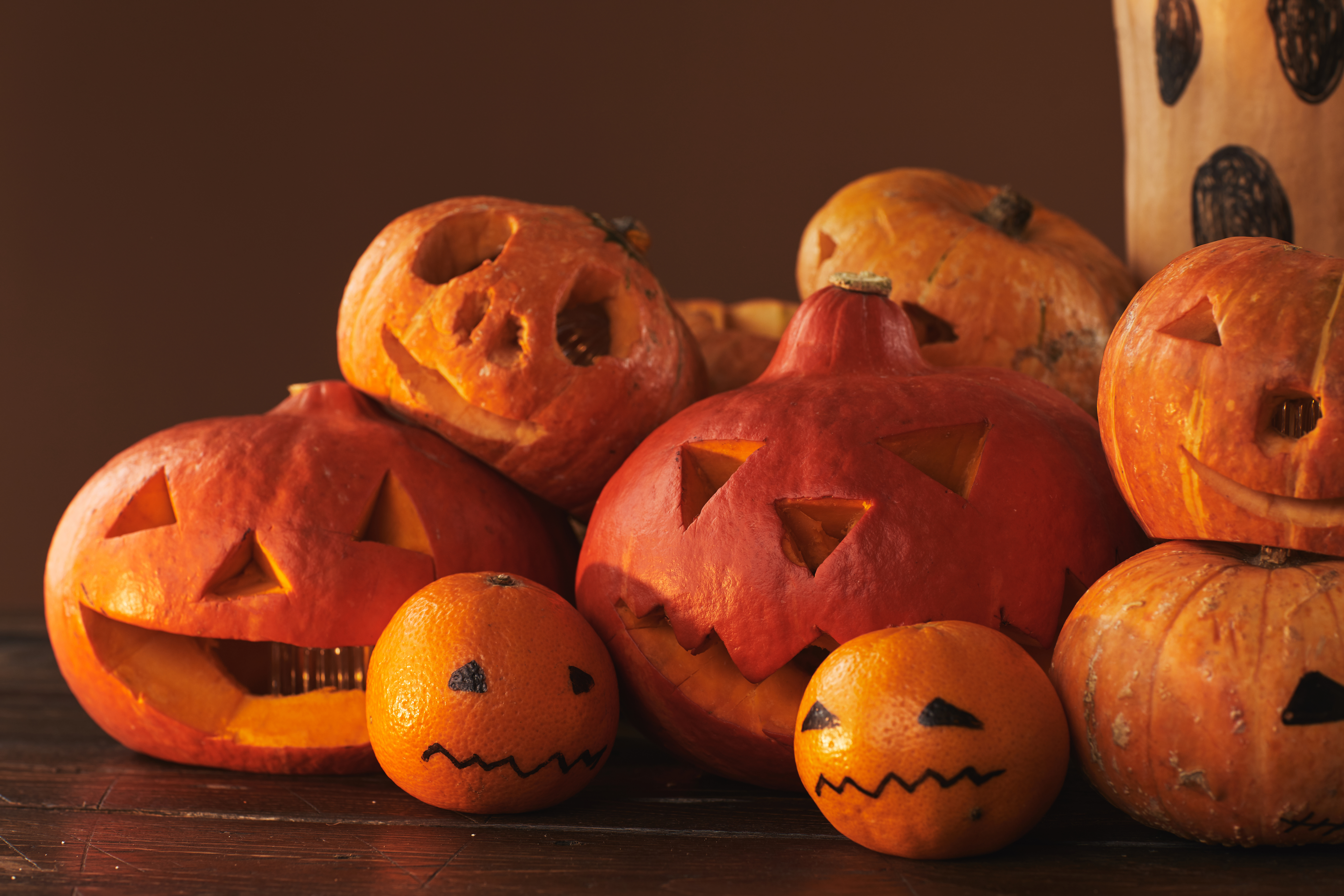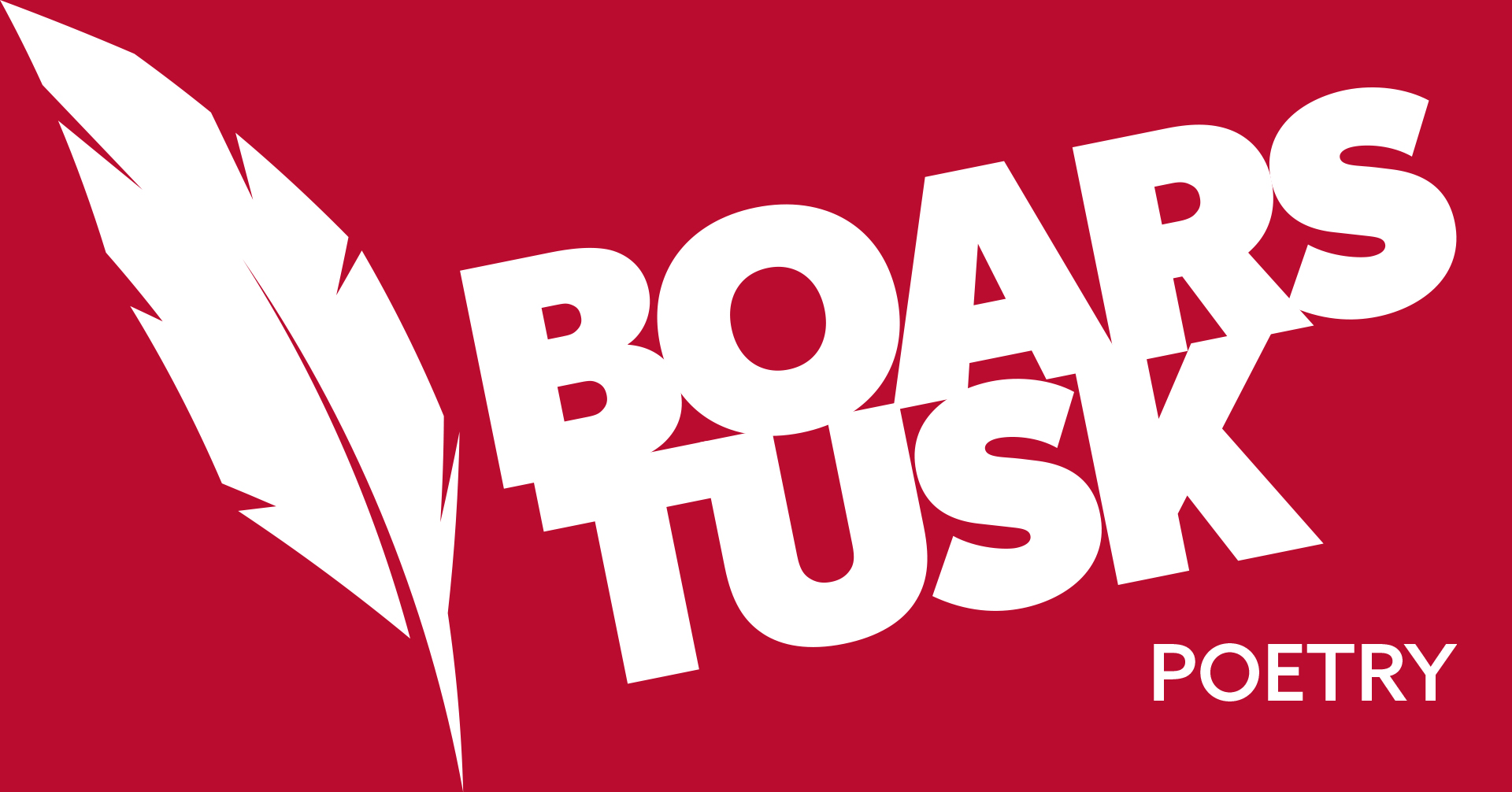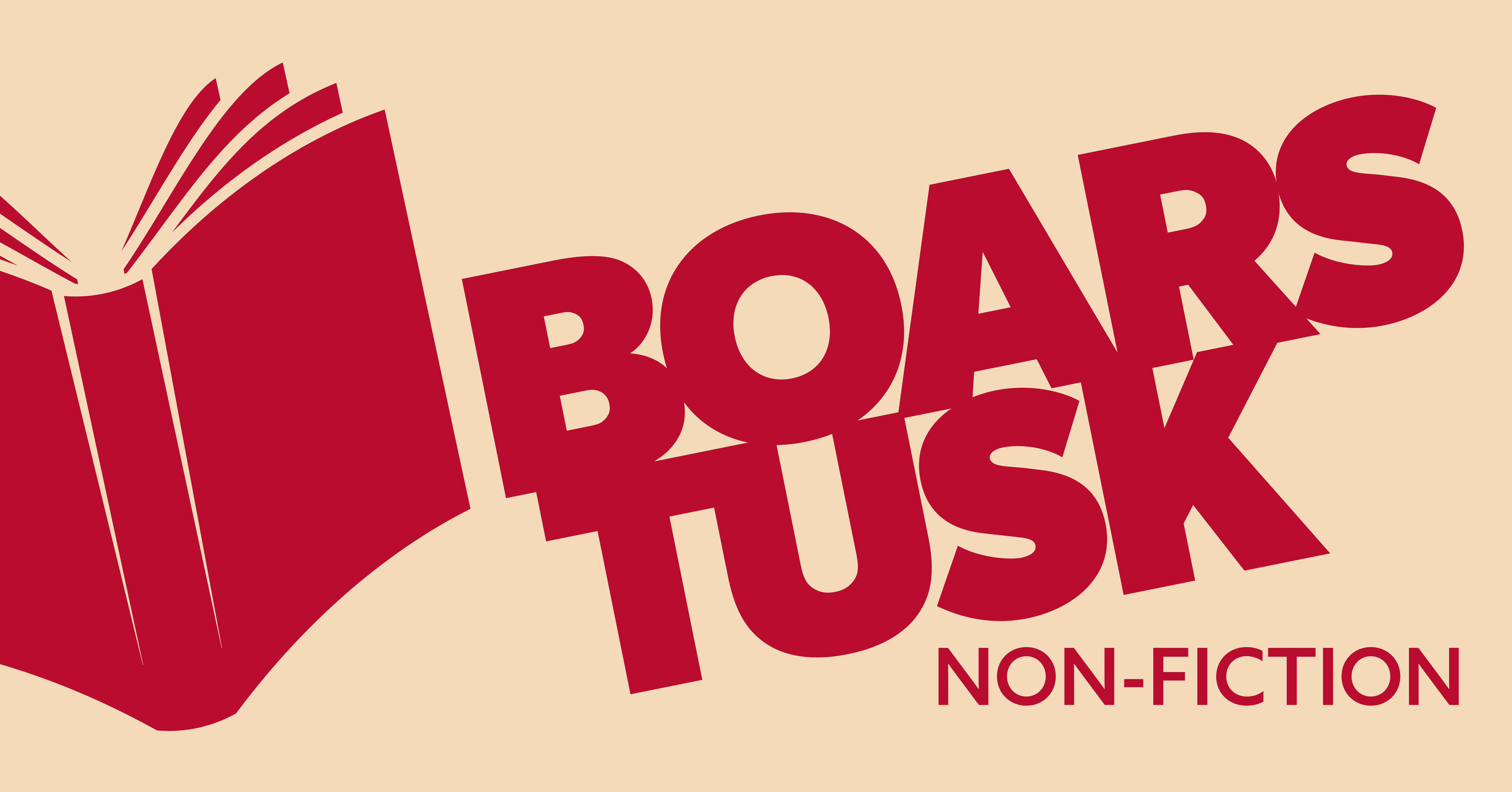Season of Spirits

October isn't just about pumpkin spice lattes and last-minute costume scrambles (though, let’s be honest, both are sacred traditions). Beneath the fake cobwebs and candy corn lies something much deeper — a season where the living tiptoe closer to the dead. From the ancient Celtic fire festival of Samhain, to the vibrant marigolds of Día de Muertos, to the powerful homecomings of Awuru Odo in Nigeria, cultures around the world have long treated this time of year as a spiritual open house. So light a candle, grab a blanket (and maybe some chocolate), and let’s talk about why October is basically the VIP pass to the other side.
Did you know the American Halloween as we know it originated from what is now modern-day Ireland? It comes from the ancient Celtic belief that the veil of life and death blurred on the night of October 31, with the ghosts of the dead returning to Earth, along with other creatures – known as Samhain. The legend of the headless horseman is from this celebration. Called a Dullahan, it’s a creature that appears as a headless horseman, riding a flaming-eyed steeds, and was considered a death omen to whoever saw them. Among the Dullahan was a group of hunters known as the Sluagh, haunting Samhain and stealing souls. Ancient Celtic people left offerings in the fields and outside villages from the harvest season to appease these restless Sidh (faeries) or dressed in monstrous costumes to avoid being kidnapped.
A millennium before Día de Muertos (The Day of the Dead) the Aztecs used skulls to honor the dead. Originating from this practice, Día de Muertos believes that ancestors may cross the threshold to the living world, to once again reunite with their families. Altars, or ofrendas, are built with candles, photos of the deceased, and items left behind. Family gathers around to read letters, poems, and tell jokes about the dead – comforted that their spirits are near. Like with Samhain, offerings like tamales and pan de muerto – a special bread – are left out with marigolds. Unlike Samhain, these offers are meant to guide souls home for a short visit.
Not all celebrations occur every year though. In Nigeria, the Awuru Odo is celebrated from September to November by the Igbo (pronounced EE-boh) people. Unlike some events where the dead are to be feared, the Igbo believe that the deceased remain as protective spirits. Remaining on Earth these spirits protect and guide the living on their way. Awuru Odo is a welcoming home of these spirits every two years. During this time these spirits are able to leave the afterlife and return to briefly live with their families once again. In celebration men dress in masks and plant-fiber costumes to represent the coming and going of these spirits, dancing to the beat of drums and xylophones and welcoming them into familial homes. When the time to return comes, the men once again don their costumes and dance while the spirits depart with prayers and well wishes from their family hosts.
There are so many more holidays that acknowledge the dead that there isn’t enough time to explore them all. From the Nepalese festival of Gai Jatra derived from shared grief, to the Māori holiday of Matariki welcoming in the new year and remembering those gone to the winds, across the world spans days of remembrance. I encourage you to explore these various celebrations, even just reading the articles below!
References
https://www.history.com/articles/day-dead-dia-de-muertos-origins
https://www.history.com/articles/samhain



